Polkadot: Empowering the Future of Web3 with No-Code Rollups and Beyond
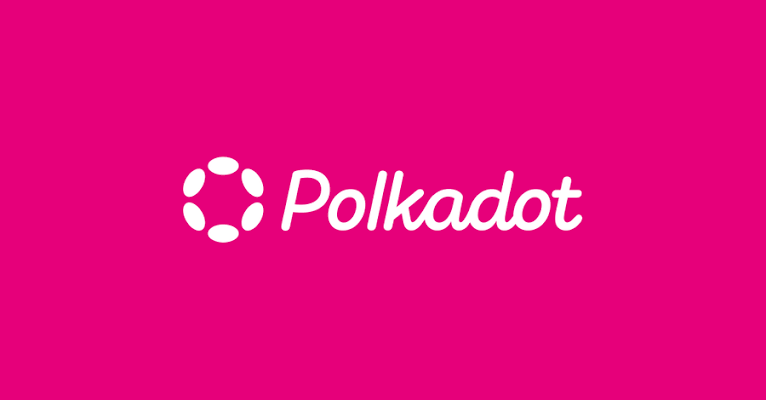
Polkadot, a brainchild of Ethereum co-founder Dr. Gavin Wood, has evolved into one of the most ambitious and technically distinct blockchain projects in the Web3 space. At its core, Polkadot is designed to solve the fragmentation of blockchains — an issue that has long hindered the seamless exchange of information and assets across networks.
From its early vision to its present-day advancements like the no-code, one-click rollups, Polkadot continues to push the boundaries of blockchain scalability, interoperability, and accessibility. In this deep-dive article, we’ll explore Polkadot’s architecture, recent technological breakthroughs, how it compares to rival ecosystems like Cosmos and Avalanche, and why its 2025 roadmap positions it at the forefront of decentralized innovation.
A Brief History: From Ethereum to Polkadot
Polkadot was conceived in 2016 when Gavin Wood, having grown disillusioned with Ethereum’s trajectory, published the Polkadot White Paper. He envisioned a platform that didn’t just support smart contracts but enabled entire blockchains to interoperate in a scalable, secure, and decentralized manner.
Polkadot’s launch was gradual. It began with the genesis block of the Relay Chain in May 2020 under a proof-of-authority model, gradually moving to full decentralization with DOT holders taking control of governance by July of that year. The introduction of parachains in late 2021 (Polkadot 1.0) marked a turning point, realizing the network’s original promise of scalable, interoperable chains under a shared security umbrella.
Since then, Polkadot has refined its governance, rolled out asynchronous upgrades, and introduced powerful developer tooling. Most notably, it has rebranded “parachains” into “rollups” — a move that speaks to the growing industry consensus around rollup-centric scaling.
What Makes Polkadot Different?
To understand Polkadot’s uniqueness, it helps to compare it with other prominent multichain ecosystems like Cosmos and Avalanche.
Cosmos vs. Polkadot
Cosmos, often dubbed the "Internet of Blockchains," also seeks to create an ecosystem of interoperable chains. However, Cosmos chains are sovereign by default and rely on the Inter-Blockchain Communication (IBC) protocol for cross-chain messaging. Each Cosmos chain must provide its own security via validators, which can be a hurdle for smaller chains.
Polkadot, on the other hand, offers shared security through its Relay Chain. All rollups are secured by the same validator set, which means new chains don't need to bootstrap their own security. This makes it easier for small or experimental projects to launch safely and quickly.
Avalanche vs. Polkadot
Avalanche uses a different model: its primary chain (the P-Chain) coordinates a set of subnetworks. Each subnet has its own validators and can implement custom logic. While fast and flexible, Avalanche’s subnets don’t inherently interoperate with one another unless specifically built to do so.
In contrast, Polkadot’s rollups are natively interoperable through Cross-Consensus Messaging (XCM), allowing for secure and seamless communication between any rollups or smart contracts on the network.
Polkadot 2.0: Ushering in the Next Era of Web3
2024 marked the beginning of the Polkadot 2.0 rollout — a suite of upgrades focused on improving scalability, developer experience, and accessibility. These changes included:
- Asynchronous Backing: Improved block production efficiency by allowing parachains to submit blocks out-of-sync, increasing throughput and lowering latency.
- Agile Coretime: Replaced the traditional parachain auction model with a flexible, pay-as-you-go system for blockspace. Projects can now purchase execution time on demand, which lowers costs and simplifies onboarding.
- Elastic Scaling (Q1 2025): Will allow Polkadot to dynamically expand or contract its resource usage based on demand, solving congestion without compromising performance.
These upgrades reflect Polkadot’s shift from a “chain-centric” to a “user-centric” architecture. It’s no longer about launching a chain to join Polkadot — it’s about seamlessly integrating your application, smart contract, or service with the rest of the ecosystem.
The Rise of No-Code, One-Click Rollups
In May 2025, Polkadot unveiled one of its most ambitious projects yet: a no-code, one-click rollup deployment system, part of the Polkadot Deployment Portal (PDP). Developed by Parity Technologies and Asphere (Ankr’s enterprise division), the system brings Rollups-as-a-Service to life.
Why Rollups Matter
Rollups, once called parachains, are layer-1 blockchains within the Polkadot ecosystem that benefit from shared security, native interoperability, and fast finality. Unlike Ethereum L2 rollups (e.g., Arbitrum, Optimism), which outsource execution from Ethereum, Polkadot rollups are sovereign by design, with full autonomy over their governance and runtime logic.
Key benefits include:
- Low, predictable fees — often under one cent per transaction.
- Full composability with other Polkadot rollups.
- Eco-friendly infrastructure, with Polkadot having the lowest carbon footprint among L1s.
- Multi-asset support — including seamless USDT, USDC, and DOT transfers.
How the Deployment Portal Works
The Polkadot Deployment Portal simplifies the process dramatically. Here’s how it empowers users:
- No coding required: Select from pre-configured templates (e.g., EVM-compatible, DeFi-specific).
- One-click deployment: Launch a fully operational rollup in minutes.
- Built-in liquidity: Access to ecosystem liquidity pools from day one.
- Scalable infrastructure: Ideal for enterprises, game developers, and Web3 startups.
This offering is poised to accelerate adoption by non-technical builders, leveling the playing field and empowering more diverse innovation in Web3.
Real-World Use Cases
Thanks to these advancements, a wave of new projects has begun building on Polkadot using rollups and the no-code stack:
- MeWe: A decentralized social platform with 670,000 users running on Polkadot infrastructure.
- Ajuna Network: Game developers integrating Polkadot rollups with Unity and Unreal Engine.
- Acala and Moonbeam: DeFi powerhouses leveraging agile coretime and shared liquidity to enable advanced cross-chain financial applications.
The JAM Upgrade: Rearchitecting Web3
Another bold initiative shaping Polkadot’s future is JAM (Join-Accumulate Machine), introduced by Gavin Wood. JAM aims to turn Polkadot into a decentralized supercomputer that secures not just blockchains, but all Web3 execution environments — including games, dApps, DeFi platforms, and more.
This would allow Polkadot to support non-blockchain runtimes such as WebAssembly, making it truly extensible and modular.
Governance and Community
Since mid-2023, Polkadot has been governed by the Polkadot OpenGov system — a decentralized decision-making framework where all changes are voted on-chain by DOT holders.
Polkadot also funds ecosystem growth via its treasury, which has supported hundreds of grants for projects, educational content, and infrastructure tooling. Unlike many ecosystems where development is bottlenecked by a foundation, Polkadot encourages grassroots development and community-led experimentation.
Market Outlook and Industry Sentiment
Despite market fluctuations, sentiment around Polkadot remains strong. DOT’s price, which hovered around $6 in early 2025, has seen steady upward pressure thanks to:
- Technological differentiation.
- Enterprise partnerships.
- The onboarding of new developers via the no-code PDP.
Conclusion: Connecting the Dots
Polkadot’s vision has always been ambitious — to create a truly interoperable, scalable, and secure Web3 infrastructure. With the rollout of Polkadot 2.0, no-code rollups, JAM, and seamless cross-chain bridges like Snowbridge, that vision is no longer theoretical — it’s materializing now.
Whether you’re a developer, an enterprise innovator, or simply a curious user, Polkadot offers a powerful platform to build the next generation of decentralized applications — now accessible in just one click.
References

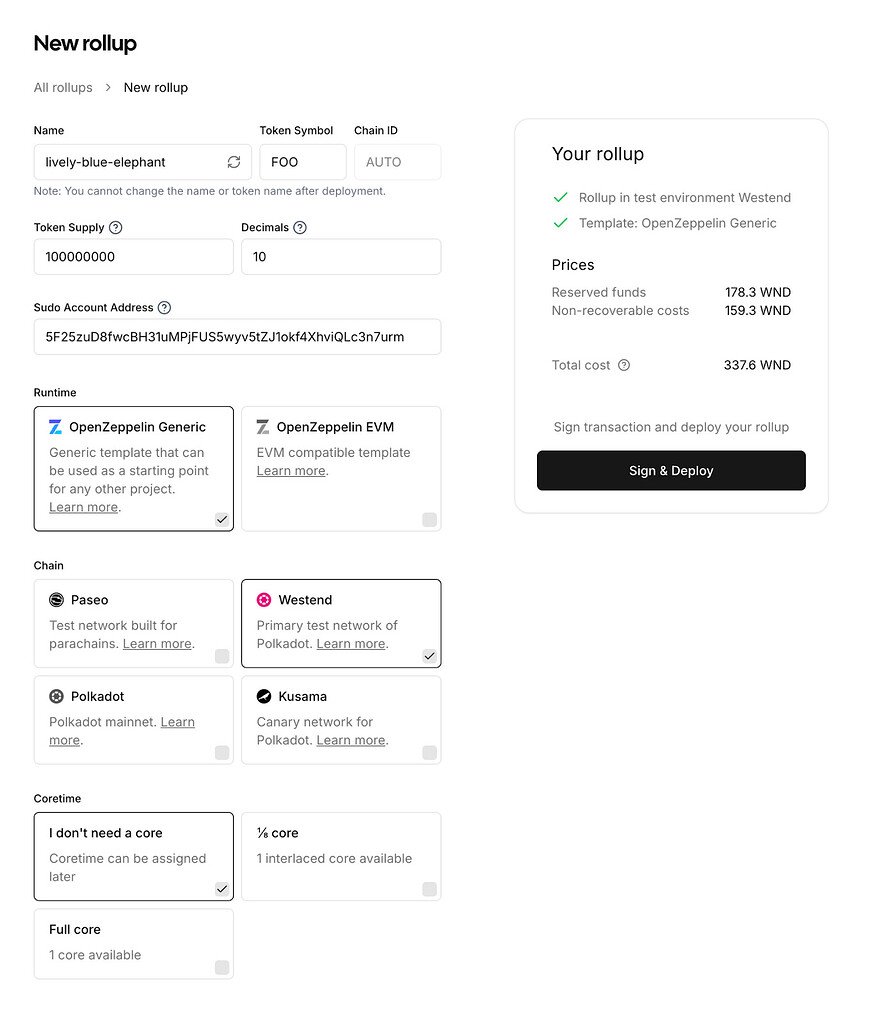
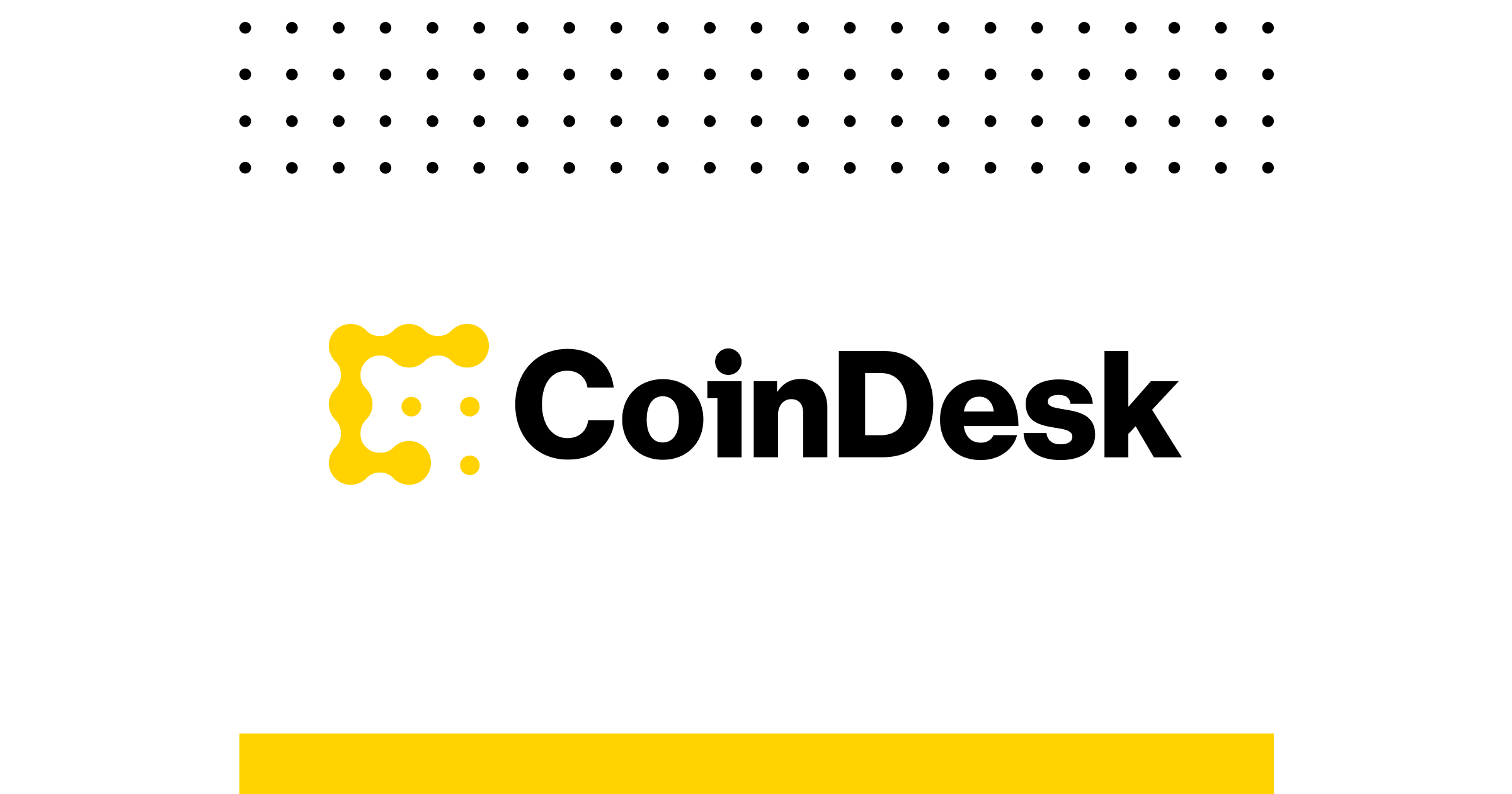

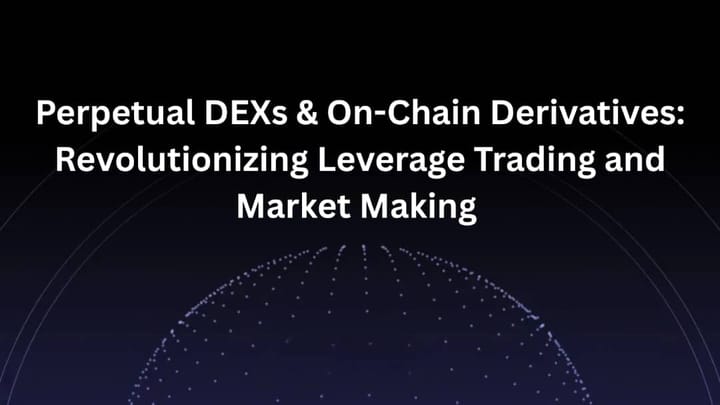

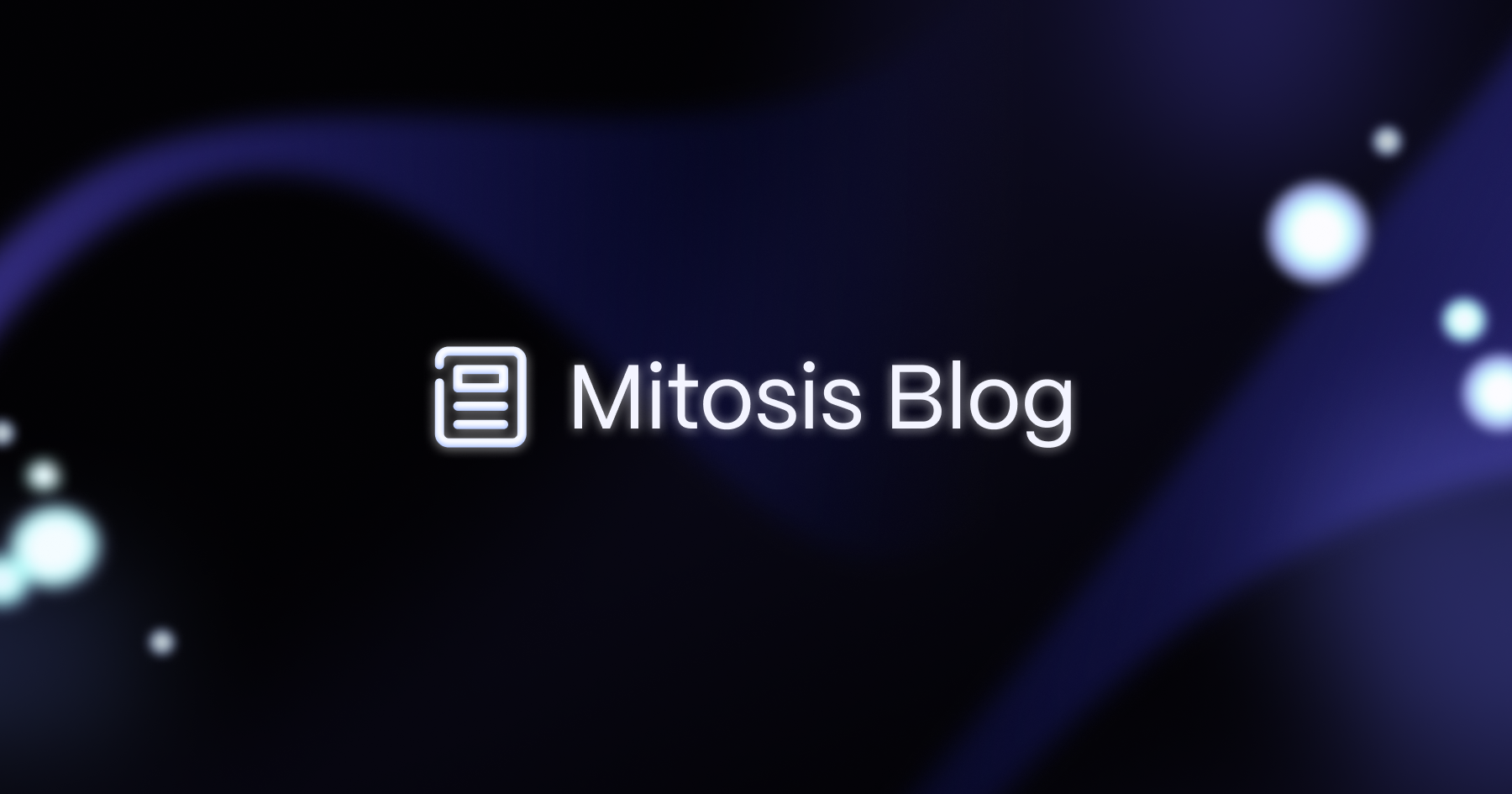









Comments ()